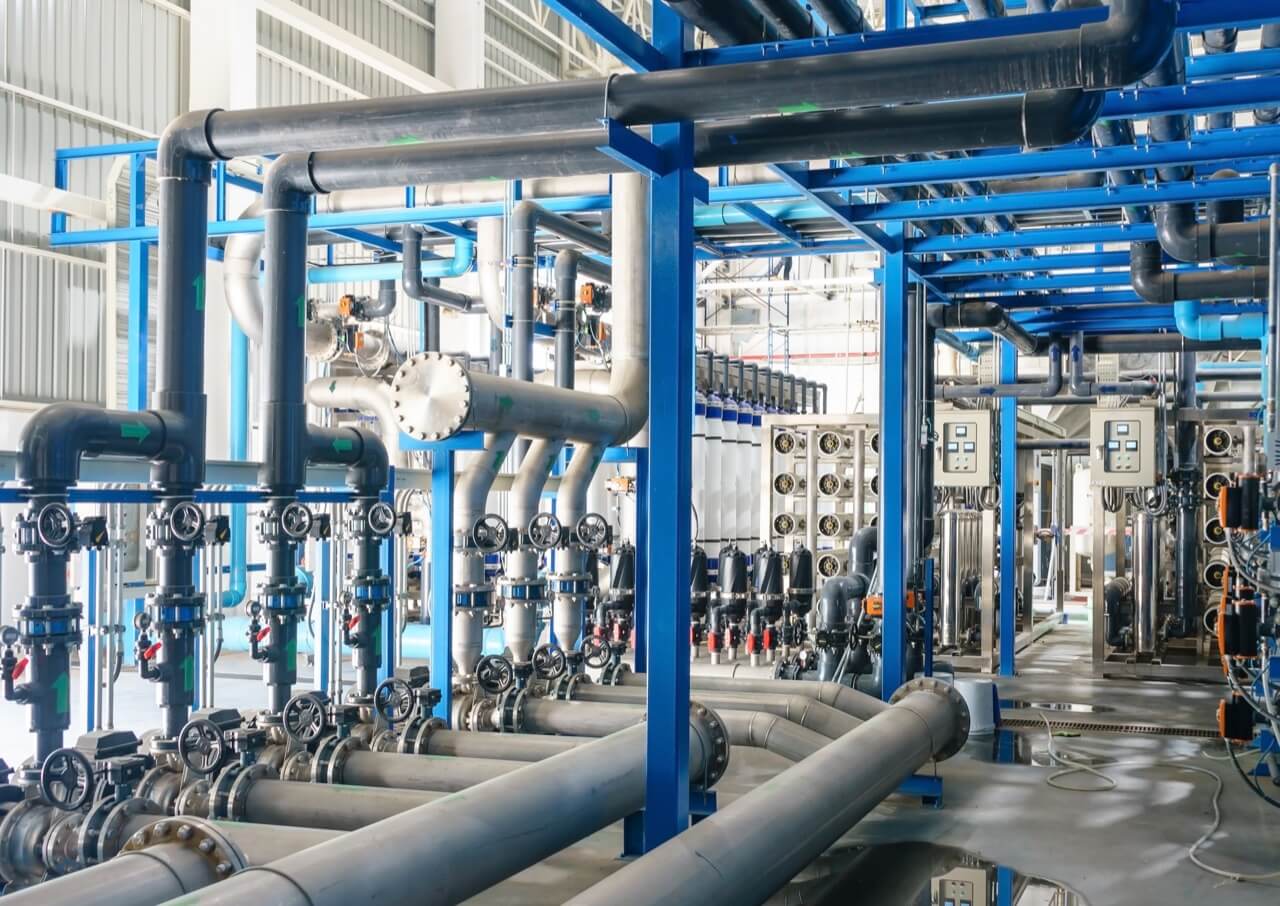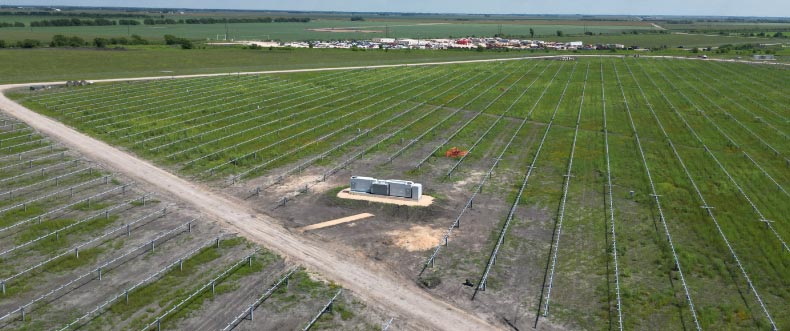Halton Region’s project to double the capacity of one of their booster stations represents a significant milestone in enhancing regional water infrastructure. The project’s scope included SCADA integration, construction management and the innovative inclusion of a solar photovoltaic system.
The expansion integrates two isolatable trains within the new building that can function both in unison and independently, enhancing system reliability and flexibility. Additionally, the project involves the installation of modulating valves in the distribution system to manage water turnover in adjacent reservoirs more effectively optimizing the entire water distribution network.
A well-planned three-phase commissioning process ensures the facility remains operational during the transition, while the integration of a solar PV system significantly contributes to the region’s sustainability efforts. The SCADA system provides real-time data and control capabilities, streamlining the management of both the old and new systems. Effective construction management strategies, including phased construction and rigorous quality assurance, have been critical to the project’s success.
This landmark project not only addresses Halton Region’s immediate needs but also sets a benchmark for future infrastructure developments, driving advancements in technology and environmental stewardship.



